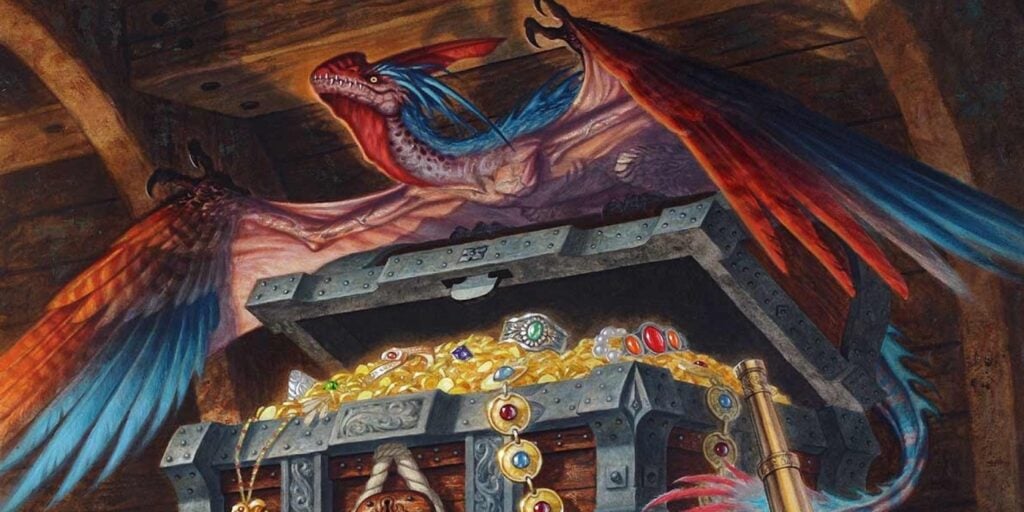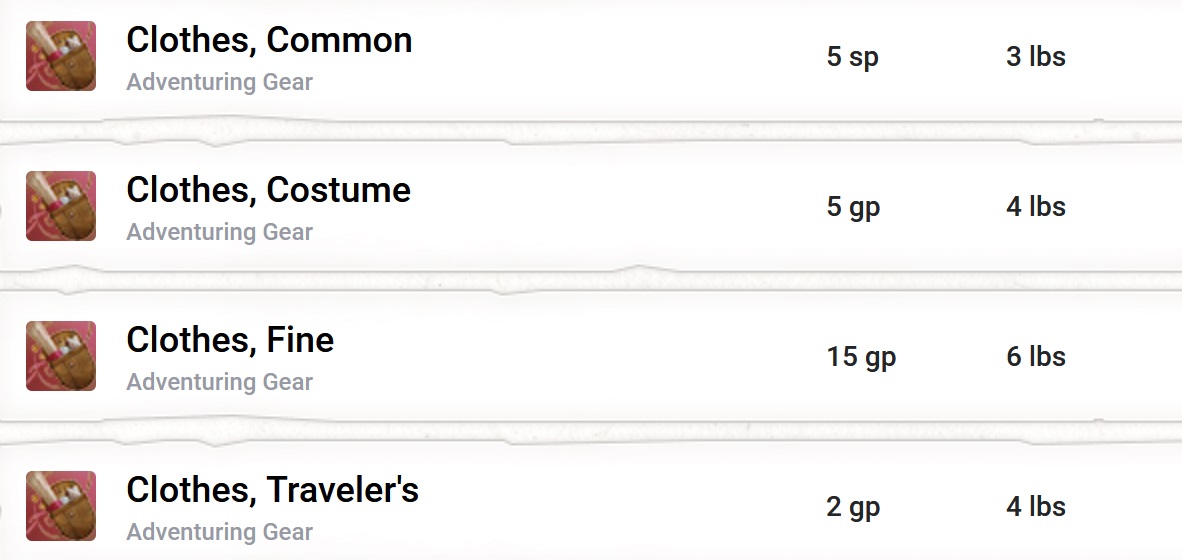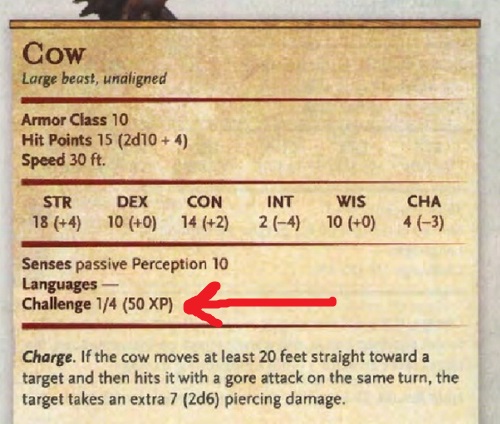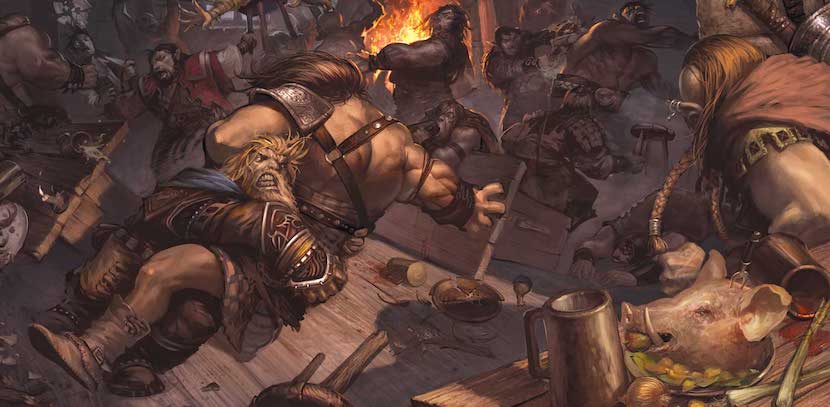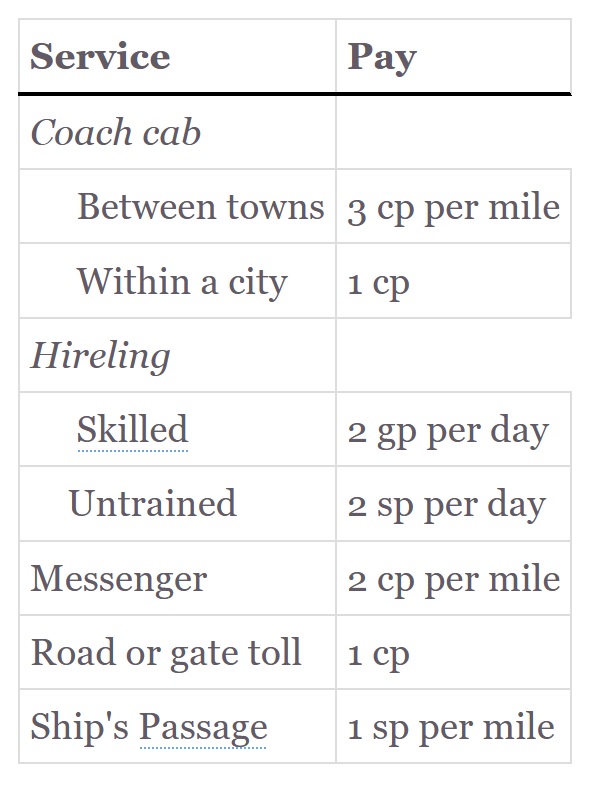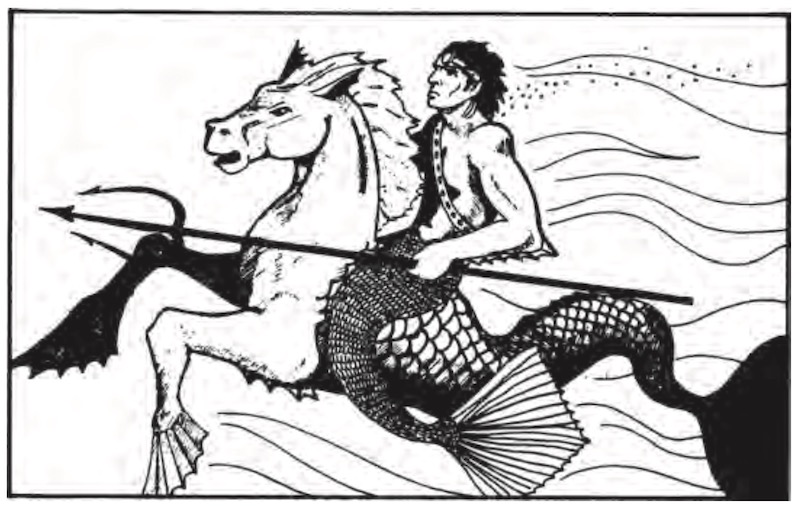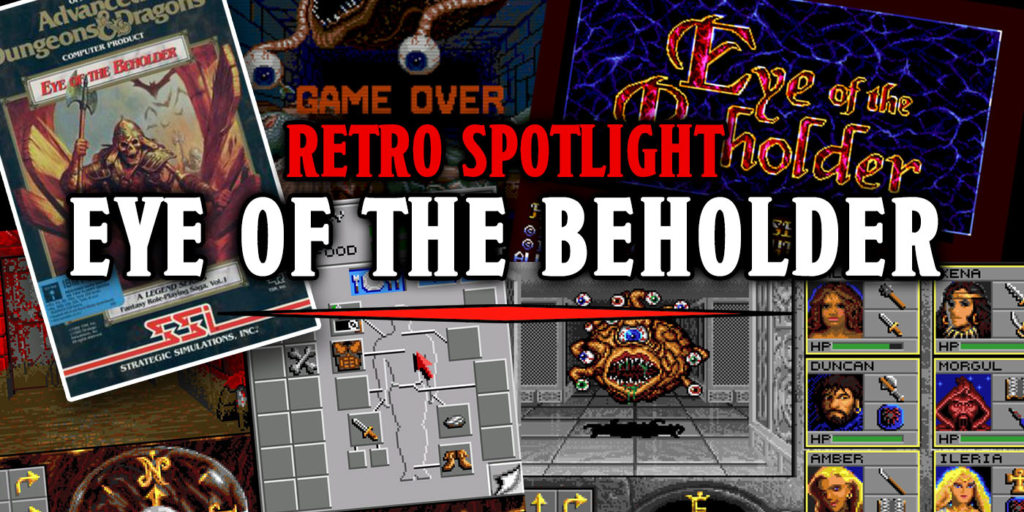D&D: Five Ways to Unlock Microtransactions in Your Game, Right Now
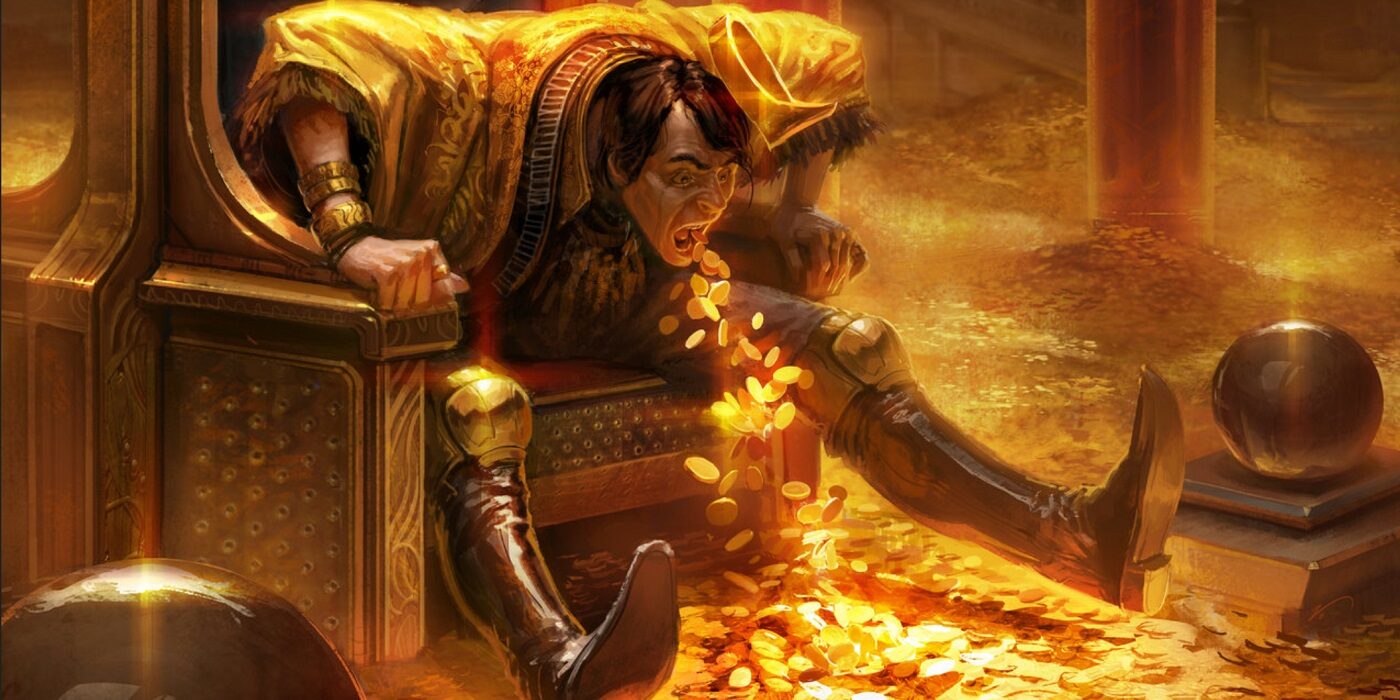
Tired of waiting for WotC to add microtransactions to D&D? You can create your very own “recurrent spending environment.” Here’s how!
If there’s one thing every gamer loves it’s microtransactions. No one loves paying once for something, and then paying more bit by bit to have more of what you’ve already paid for. Whether you’re unlocking meaningless cosmetics, or paying to win at a competitive game, microtransactions have been a universally welcomed, well-regarded move on the part of every gaming studio.
This is why, when WotC mentioned monetizing D&D even further in an investor-focused presentation, gamers everywhere rejoiced.
After all, the game had clearly been teetering on the rocks. Barely hanging on, by having four years of “the best year ever” and reaching more players than ever. But while WotC might be rolling out microtransactions in the future. You don’t have to wait for them. Cut out the corporate middleman and introduce your own microtransactions to your games of D&D. Here’s how!
New Skins
Tired of looking at the same character day in and day out? Well just get yourself a new skin. Now, to avoid confusion, we’re not talking about commissioning one of the many talented artists you can find on the internet at places like Tumblr or Etsy or wherever else artists gather.
Instead, you can pay your DM with an in-game currency (gold pieces) to acquire new outfits for your character.
Or if you don’t have the gold, you could probably just buy some in a real-world store. I’m sure you could ask your DM for a feedback form to suggest a custom skin of your character as a DJ or whatever.
Experience Boosts
One of the tried and true methods to monetize any game is to have players pay for faster progression. Increase your XP gains for a small fee by purchasing packets of XP. These can be found in your PHB under the entry for “Cow” under equipment. Each one is worth about 50xp, and will cost you ten units of in-game currency. It takes six of these to gain your first level.
Of course, the XP value falls off over time, as you level up. So you’ll have to check with your in-game store to see if you can find higher XP boosts, like Aurochs or Stench Kows.
Pay to Win Combats
Of course, everyone knows the best games are always play to win. And D&D is no different. You can use in-game currency to buy a combat boost, enabling you to deal more damage. This will run you about 2 units of in-game currency per in-game day (which can vary, unfortunately).
You can find the combat boost item in the Equipment section of your favorite rules source, listed under hirelings.
Or you can use real-world money to pay to win. Rates may vary, but I guarantee, when you offer the DM money to win, you’ll find the transaction available. It’s a little off-menu, but it’s there for folks who know how to look.
Mounts
Paying for mounts to travel faster in-game has been around since the elder days of World of Warcraft. You can do the same in D&D. You may even be able to unlock flying mounts early for a sizable investment of in-game currency.
DLC X-Packs
One of the most popular methods of recurrent monetization right now is unlocking extra content for your core game via downloadable content. Each transaction gets you new areas to explore, new NPCs to interact with, and sometimes even new powers. And D&D is no different.
D&D actually helped pioneer this method. 5th Edition has been doing this for a while. And will continue to do so well into 2024 with DLCs like the upcoming Lost Caverns of Tsojcanth and a paid update for the core rules.
If you’re saying you can just imagine your own content or adventures. What are you going to do, homebrew up a whole season’s worth of content? For free?
That’s poor monetization

